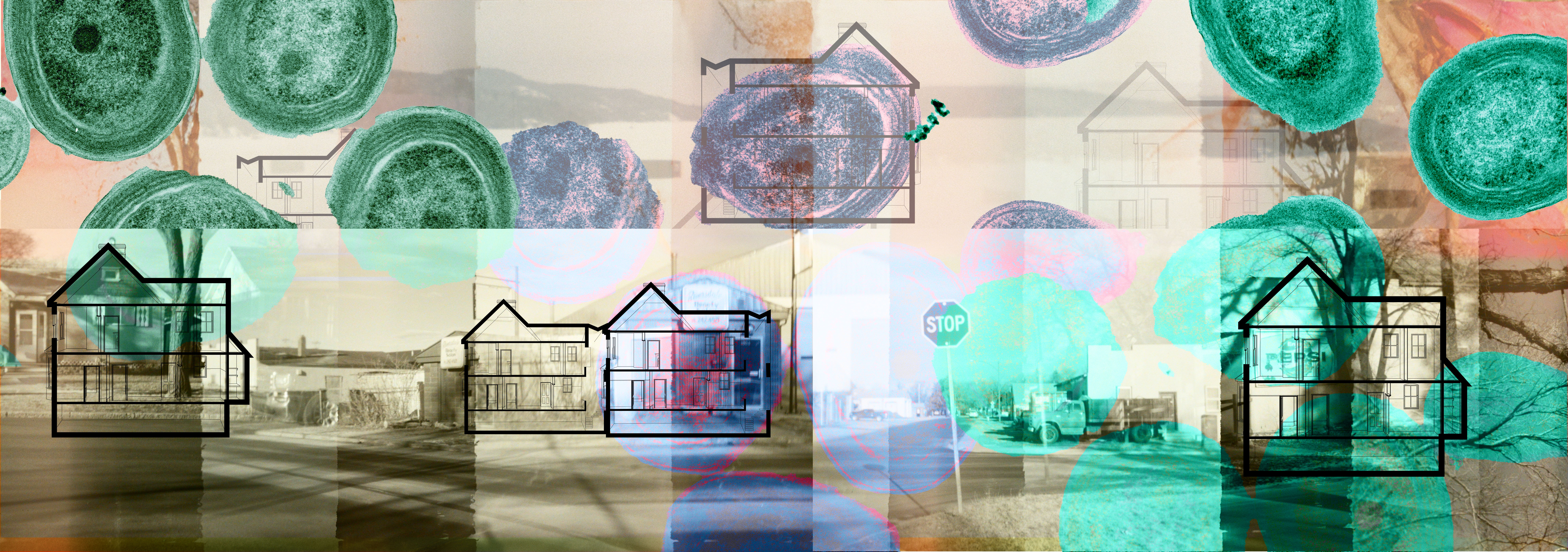
Cyanobacteria - giver of oxygen, life on earth, and the original dwelling unit
We design spaces and systems of connection
The name 'Cyan' originates from a tiny single-celled organism, whose mutations have shaped life on Earth. We believe that the ordinary spaces we inhabit contribute to a larger whole. We work to strengthen interconnected systems with each small project, making incremental changes towards a resilient and harmonious future. Cyan Station is a full-service architecture practice and a laboratory for systems experimentation. We are invested in the design, care, and stewardship of the built environment, creating spaces that serve communities' needs over time and foster reciprocal relationships with the natural world.
We achieve this by:
- Providing creative and technical services to support the work of organizations that are developing collective and supportive housing models
- Collaborating with organizations and individuals who are interested in sustainable and ecologically sound building practices
- Examining the larger systems behind objects and spaces through art and research
